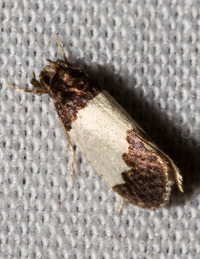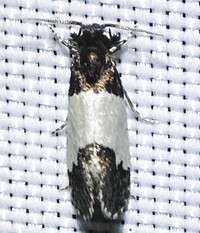
| Recorded by: Dean Furbish, Lior S. Carlson, Randy Emmitt on 2025-08-23
Orange Co.
Comment: | 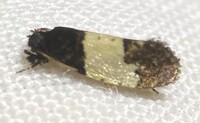
| Recorded by: Dean Furbish on 2025-08-16
Orange Co.
Comment: |

| Recorded by: Allison Garton on 2025-07-05
Moore Co.
Comment: | 
| Recorded by: Allison Garton on 2025-07-05
Moore Co.
Comment: |

| Recorded by: Melody McMichael on 2025-06-26
Forsyth Co.
Comment: | 
| Recorded by: David George, Jeff Niznik on 2024-08-06
Transylvania Co.
Comment: |

| Recorded by: David George, Jeff Niznik, Patrick Coin, Steve Hall, Carol Tingley, Tom Howard on 2024-07-27
Chatham Co.
Comment: | 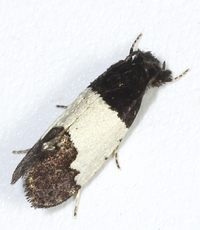
| Recorded by: John Petranka on 2024-07-26
Orange Co.
Comment: |
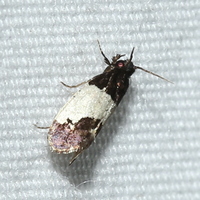
| Recorded by: David George, Jeff Niznik on 2024-07-08
Chatham Co.
Comment: | 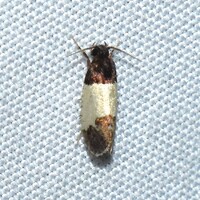
| Recorded by: Jeff Niznik on 2024-06-26
Orange Co.
Comment: |
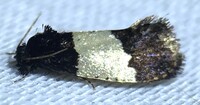
| Recorded by: Dean Furbish, Lior S. Carlson on 2024-06-17
Lincoln Co.
Comment: | 
| Recorded by: Dean Furbish, Lior S. Carlson on 2024-06-17
Lincoln Co.
Comment: |
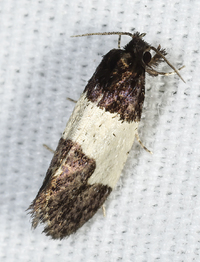
| Recorded by: John Petranka on 2024-06-11
Orange Co.
Comment: | 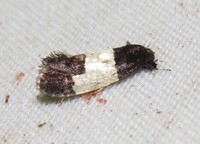
| Recorded by: B. Bockhahn on 2024-06-06
Chatham Co.
Comment: |
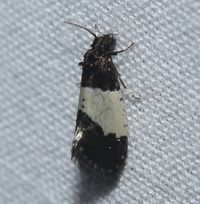
| Recorded by: David George, Jeff Niznik on 2024-06-01
Chatham Co.
Comment: | 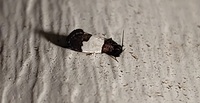
| Recorded by: Mark Basinger on 2023-09-16
Brunswick Co.
Comment: |

| Recorded by: Mark Basinger on 2023-09-16
Brunswick Co.
Comment: | 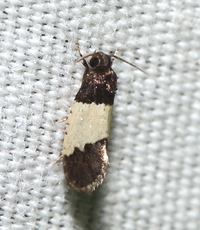
| Recorded by: David George, Stephen Dunn, Jeff Niznik, Rich Teper, Becky Watkins on 2023-07-30
Swain Co.
Comment: |
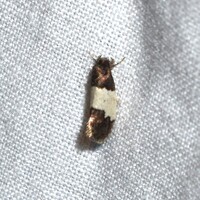
| Recorded by: David George, Jeff Niznik on 2023-07-24
Orange Co.
Comment: | 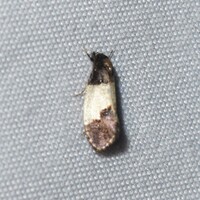
| Recorded by: David George, Stephen Dunn, Jeff Niznik on 2023-07-13
Orange Co.
Comment: |
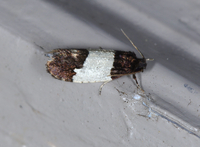
| Recorded by: Jim Petranka on 2023-07-07
Madison Co.
Comment: | 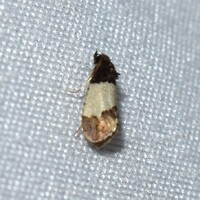
| Recorded by: Jeff Niznik on 2023-06-27
Durham Co.
Comment: |
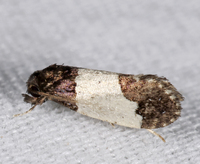
| Recorded by: John Petranka on 2022-06-21
Orange Co.
Comment: | 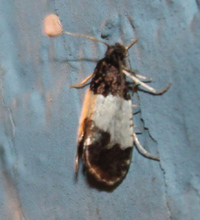
| Recorded by: Vin Stanton on 2022-06-13
Buncombe Co.
Comment: |
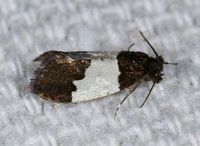
| Recorded by: Jim Petranka on 2022-06-12
Madison Co.
Comment: | 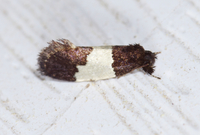
| Recorded by: Jim Petranka on 2022-05-30
Moore Co.
Comment: |
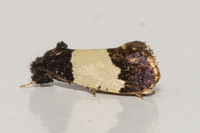
| Recorded by: David L. Heavner on 2021-07-26
Chatham Co.
Comment: | 
| Recorded by: Jeff Niznik on 2021-07-16
Wake Co.
Comment: |
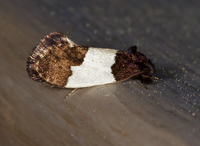
| Recorded by: Jim Petranka on 2021-06-25
Madison Co.
Comment: | 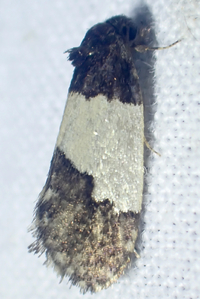
| Recorded by: tom ward on 2021-06-24
Buncombe Co.
Comment: |
|

 »
»